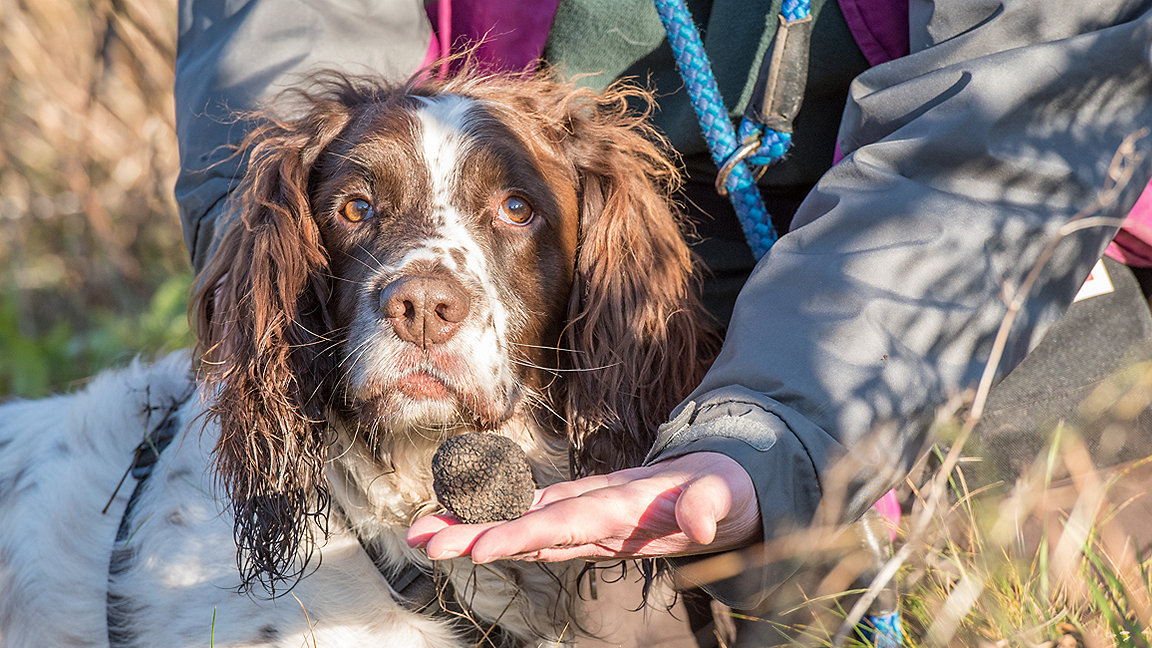
Spaniel and owner with truffle. Image © Mycorrhizal Systems Ltd
Mention truffles and you may think of wild woodlands in France or Italy. However, science has allowed us to cultivate these valued fungi as well, and today more than 95% of French truffles come from agriculture rather than foraging wild specimens.
While truffles are fungi, unlike the white button mushrooms you see in supermarkets they need a living tree on which to grow. To cultivate truffles, trees are raised from seed in a clean environment and the fungus is then introduced to the root system.
It then forms a symbiotic relationship with the tree's roots that allow the passage of nutrients and water. In return, the tree provides the truffle with sugars. This relationship continues throughout the tree's lifetime. After planting into specially prepared soils, the trees mature and truffles are harvested annually.
Truffle woods most often use native broadleaved trees, from locally sourced seed stock. Planting schemes can mimic such wild woodland to give a natural appearance, or for ease of maintenance then can be designed to be planted in a more orchard-like system.
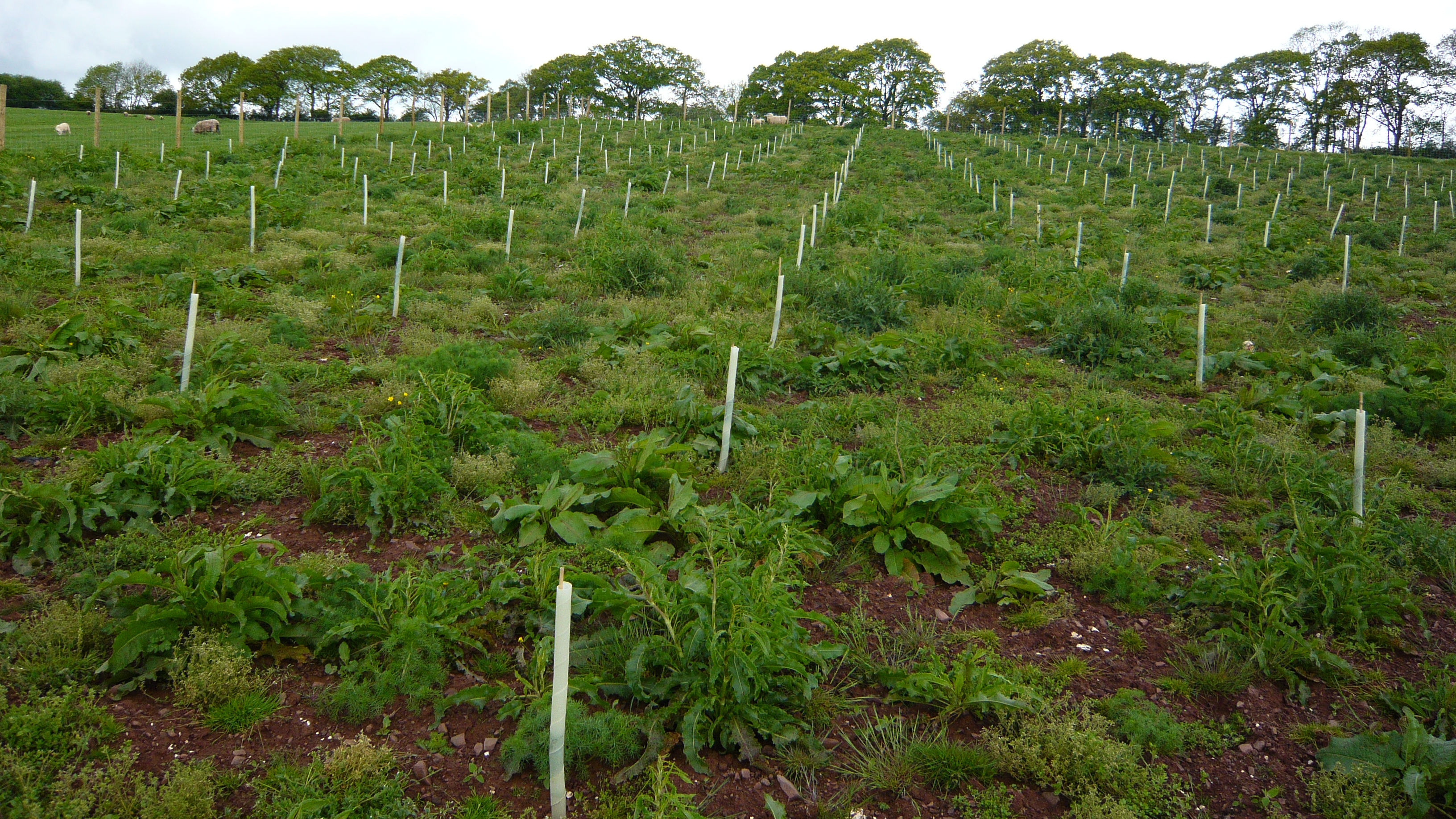
New woodland planted for truffles. Image © Mycorrhizal Systems Ltd
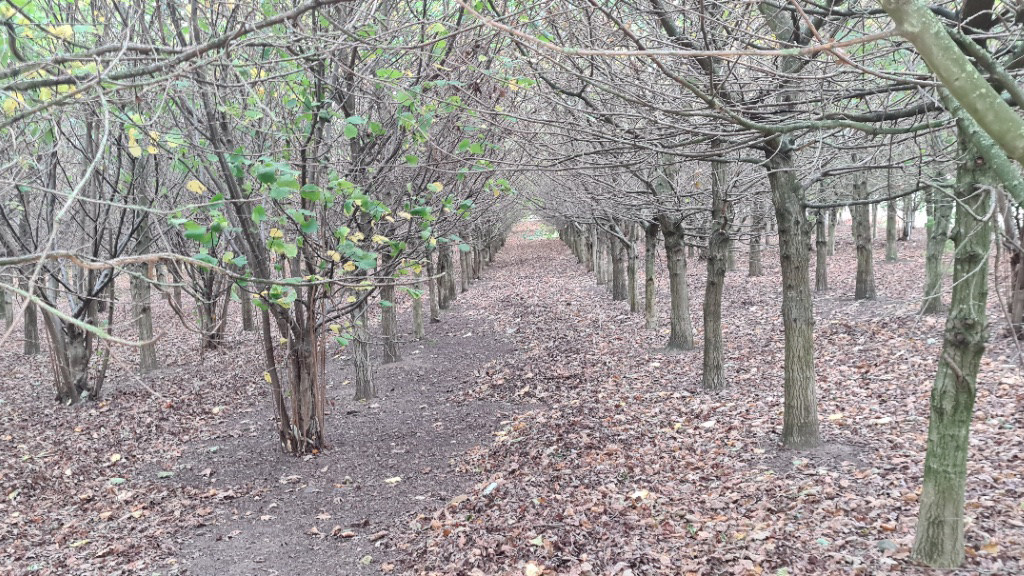
Inside a mature truffle orchard. Image © Mycorrhizal Systems Ltd
Truffle production spreads through UK
The UK has a rich heritage of truffle hunting, with celebrated Victorian chef Isabella Beeton having written recipes and descriptions of truffle hunts in England. However, habitat loss and deforestation throttled this activity until recently.
In the early 2000s, we founded Mycorrhizal Systems Ltd, a truffle research and cultivation company, after development work at the University of Sheffield. We began working with landowners to grow these fungi.
The first cultivated truffles in England were harvested in Leicestershire in 2015, quickly followed by Wales in 2016, and Scotland in 2017. In 2022, the Republic of Ireland joined the list of truffle-producing countries.
Despite these successes cultivation remains a niche activity in the UK, with call for local truffles far outstripping supply. Many more new growers are needed to meet this demand.
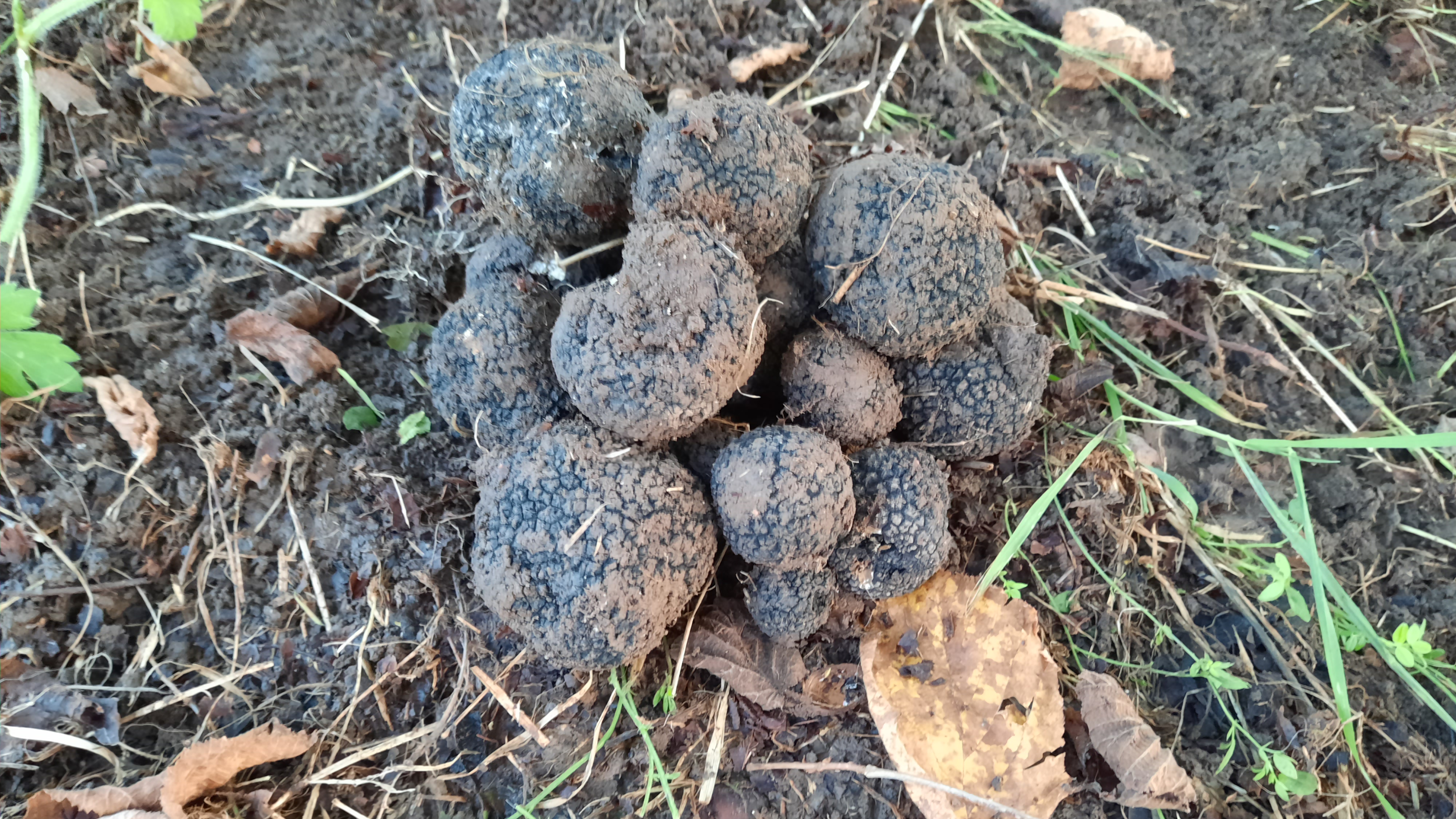
Irish truffle harvest. Image © Mycorrhizal Systems Ltd
Growing requires local understanding
Specialist local knowledge is pivotal. There have been attempts to cultivate truffles in the UK using trees and methods from France, Spain or Italy, but this can lead to failure or a considerably delayed harvest at the very least. The UK has a different climate to those Mediterranean countries, and requires a distinct approach appropriate for our native tree species.
For a start, local seed sourcing is important, while denser tree planting works best in UK truffle orchards due to our damper, cooler climate. Choosing the right soil and preparing it correctly is also important. Truffles require alkaline soils, but some of the most productive sites have been modified acidic soils. However, soil texture cannot be altered, and this needs checking for suitability at the outset.
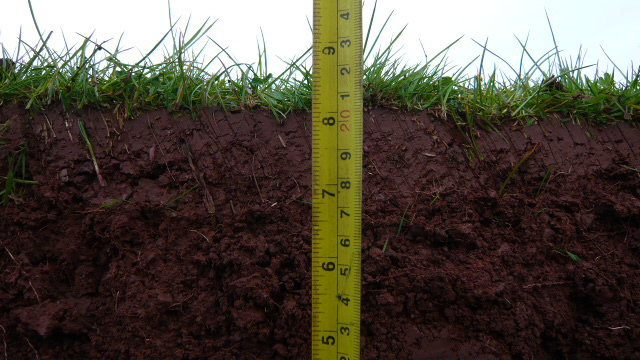
Preparing the soil is vital for a successful harvest. Image © Mycorrhizal Systems Ltd
After planting your truffle wood, weed control and constant monitoring will help ensure soil conditions are maintained correctly, and that the fungus is thriving. It's important to look out for pests and diseases; but our research has shown that some invertebrates may actually be beneficial for truffle production. Cultivation also depends on the wider soil flora and fauna. With good management, the average time from planting to harvest in the UK is around six years, after which production will be annual.
A thriving truffle orchard can produce around 60kg per hectare annually. This may not sound much, but when prices are reaching £800 per kilogram – as they have been – it can represent a significant return for the area.
Planting schemes can also benefit from new woodland creation grants providing an initial contribution of up to £10,000 per hectare, plus annual payments of £300 per hectare for the first ten years. Establishing a good truffle wood can cost around £18,000 or more per hectare, so the grant contribution would be a good way to mitigate the upfront costs.
'A thriving truffle orchard can produce around 60kg per hectare annually and prices have reached £800 per kilogram'
Climate change affects European production
With more people growing truffles in the UK, it's natural to think that prices may decline. But they have been increasing over the past decade.
Truffles harvested in the UK have always commanded a premium because of their provenance and quality, but a changing climate in continental Europe is leading to a decline in harvests – so much so that UK truffles last year were selling for double the long-term average of £400 per kilogram.
The long-term trend for truffle production in Europe is thus not good. With a colleague at the University of Cambridge, I published a study in 2019 predicting that truffle production in France, Spain and Italy may continue this decline and collapse within a generation because of projected climate change.
Planting new truffle orchards has the potential to stem this decline; but the UK and some countries in Europe lack the infrastructure, land availability and government support to grow on such a scale.
However, the UK fares quite well in climate change models when it comes to scope for growing truffles. We can see this from orchards producing strong yields in Wales, Scotland and Ireland this year. The Penllyn Estate in the Vale of Glamorgan is going into production shortly.
With more frequent droughts, orchards in the east of England may need irrigation infrastructure in the long run to support good yields. Nevertheless, the UK has considerable potential as a future international truffle production hot spot.
The truffles produced in the UK are mainly an autumn truffle, Tuber aestivum var. uncinatum, with a slightly different season to other species. However, when produced this far north they are highly aromatic with an exquisite flavour. The peak harvest months are September, October and November.
When these buried treasures ripen, nothing beats the efficiency of specially trained scent dogs to find them. Most breeds can be used, and the best are trained to run through the orchard and put their paw or snout over the exact place when the truffle has ripened below. You can even train your own dog to do so. Once harvested, the truffles are washed and then it's straight to the restaurant and into the hands of expert chefs.
Celebrated by the likes of media chef Tom Kitchin, cultivated Scottish truffles can often be found on the menu of restaurants such as The Gannet in Glasgow and Inver restaurant on the west coast of Scotland, run by the Good Food Guide Awards 2019 chef of the year, Pam Brunton. With the UK truffle industry slowly being unearthed, now is a great time to join this mycological renascence.

Trained scent dog finds ripe truffles. Image © Mycorrhizal Systems Ltd
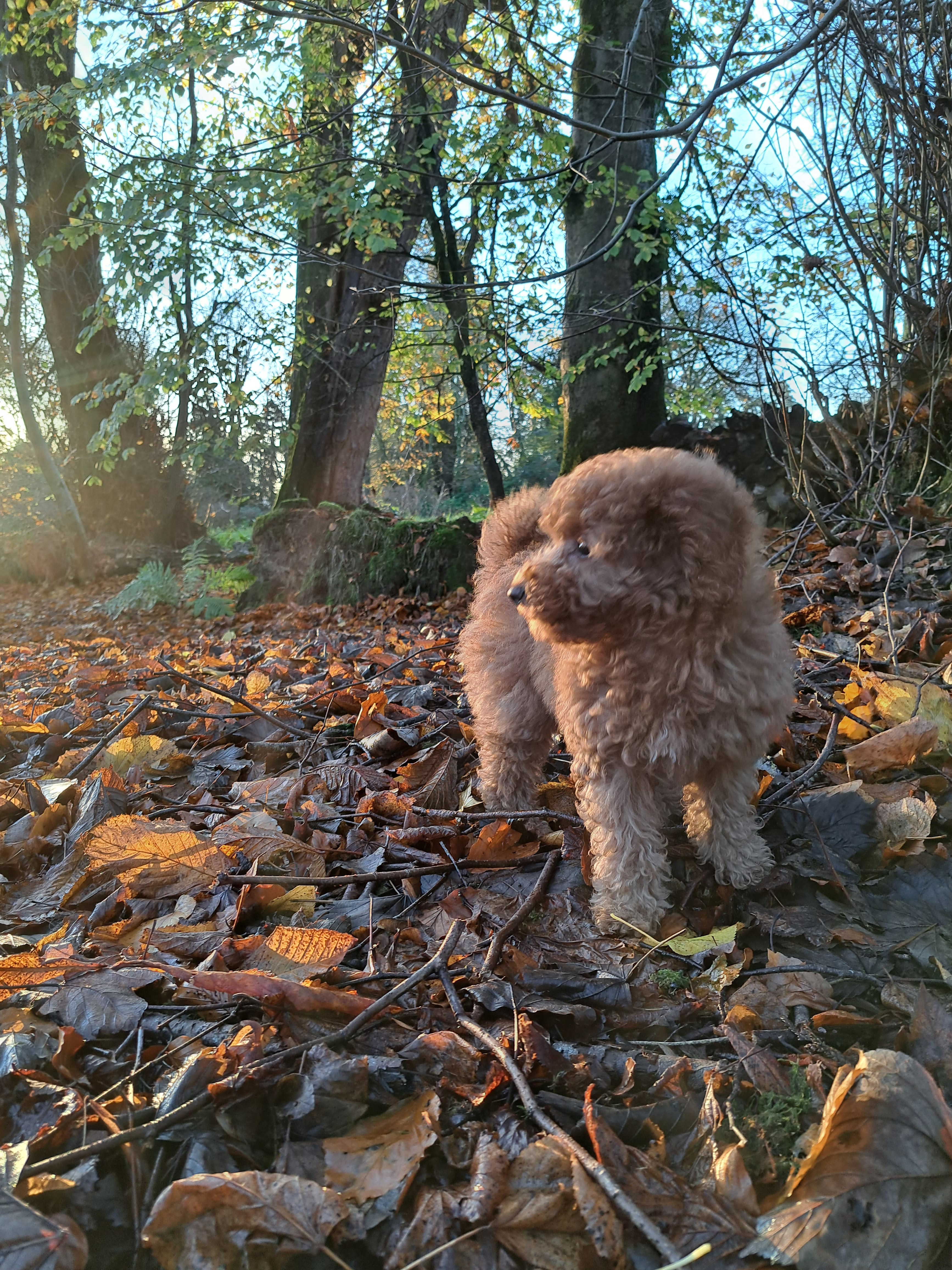
Puppy training to harvest truffles. Image © Mycorrhizal Systems Ltd
Prof. Paul W. Thomas is honorary professor of biological and environmental sciences at the University of Stirling and managing director of Mycorrhizal Systems Ltd
Related competencies include: Land use and diversification
